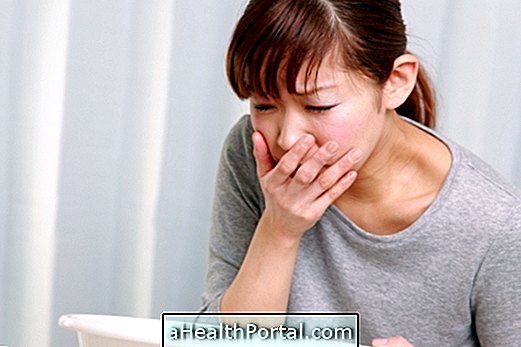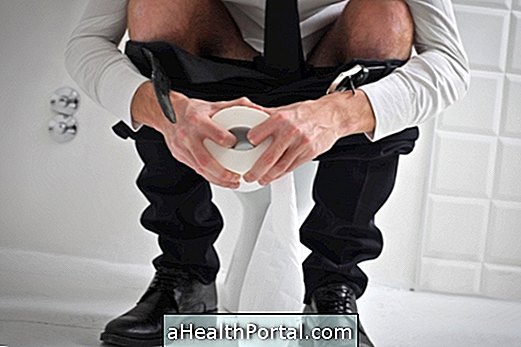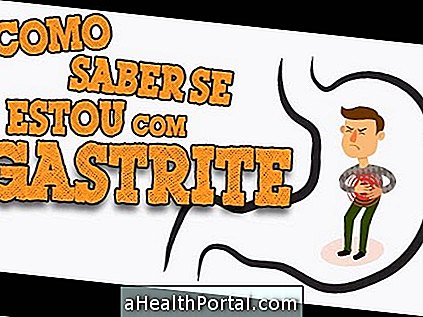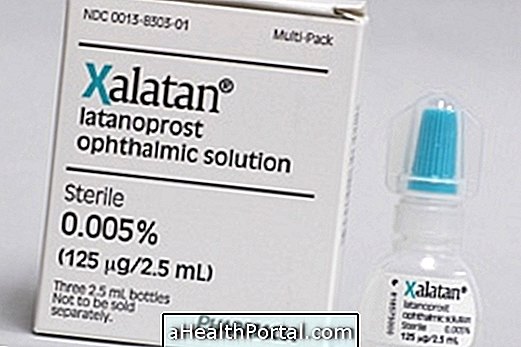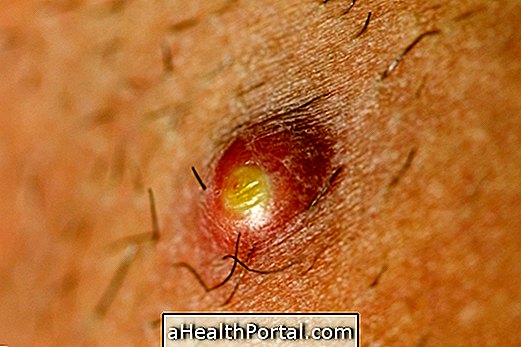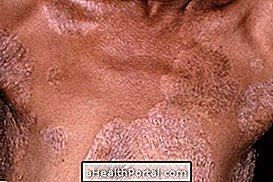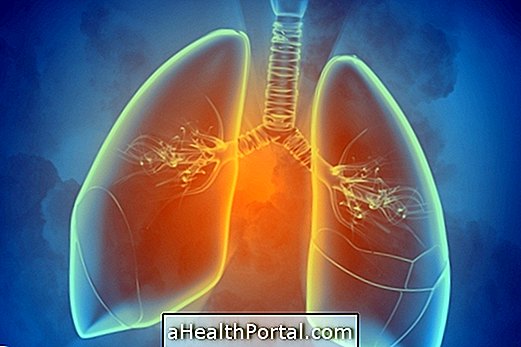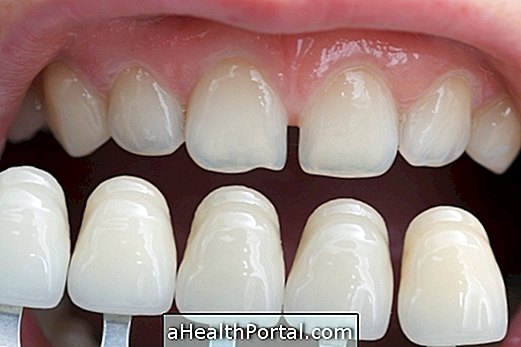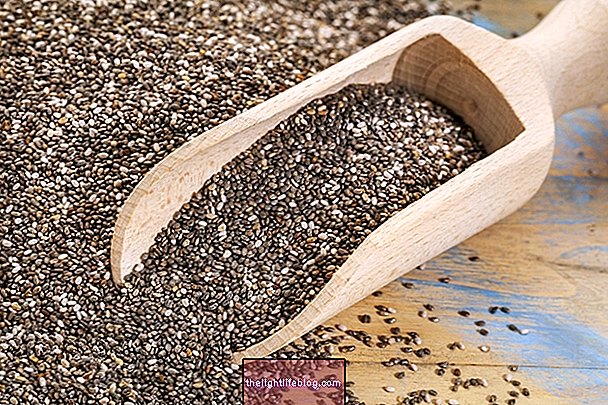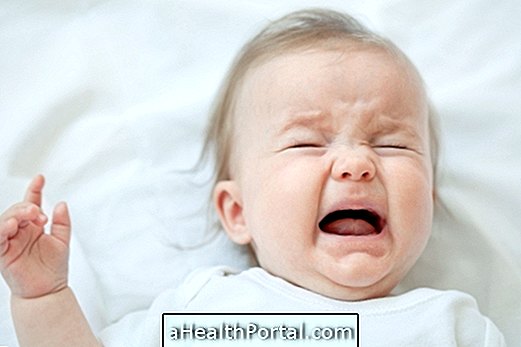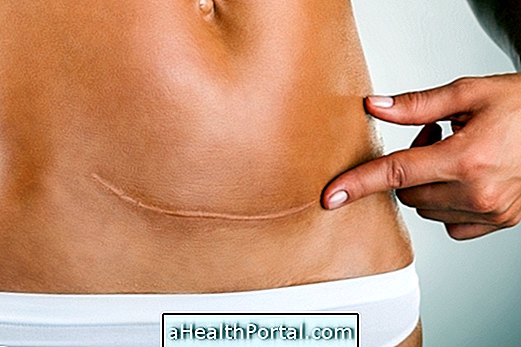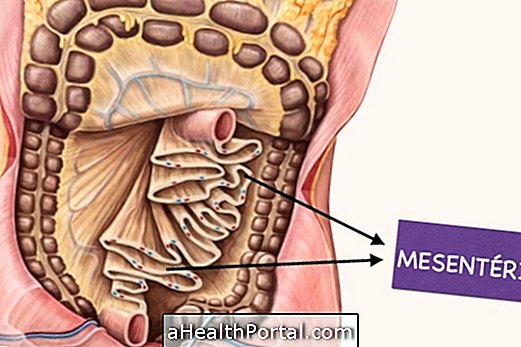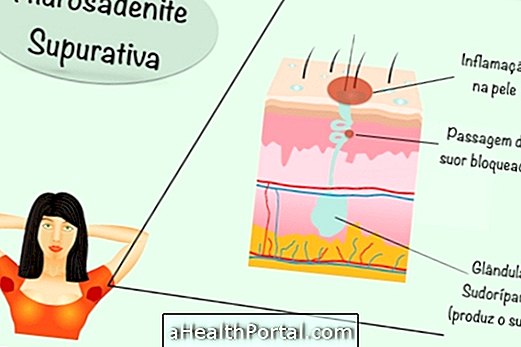Steatorrhea is the presence of fat in the stool, which usually happens due to excessive consumption of foods rich in fat, such as fried foods, sausages and even avocado, for example. See a more complete list of foods that contribute to increased stool fat.
However, the presence of fat in the stool, especially in the baby, can also happen when there is some disease that is preventing the body from properly absorbing food, such as:
- Lactose intolerance;
- Celiac disease;
- Cystic fibrosis;
- Crohn's disease;
- Whipple's disease.
In addition, in adults, situations such as withdrawal of the small intestine, parts of the stomach or postoperative in cases of obesity can also cause malabsorption and lead to the appearance of steatorrhea.
Thus, if whitish spots appear on the oily-looking stools or the stools are whitish or orange, or the examination in the stool changes, it is recommended to consult a general practitioner or gastroenterologist for other tests, such as colonoscopy or intolerance tests, to identify the specific cause and initiate appropriate treatment.
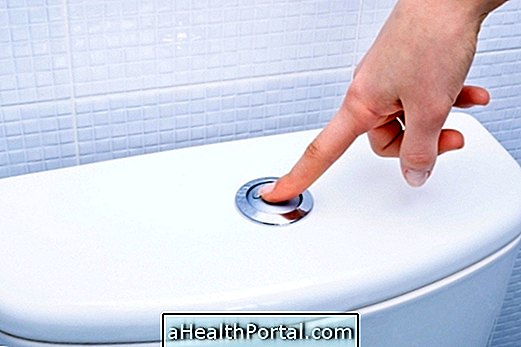
How to know if I have fat in the stool
Symptoms of fat in the stool usually appear to be associated with large, foul-smelling, greasy-looking stools floating in the water. But the symptoms can also be:
- Extreme fatigue;
- Excessive or orange-colored diarrhea;
- Sudden weight loss;
- Abdominal stretch with cramps;
- Nausea and vomiting.
When the individual exhibits some of these symptoms should seek a medical gastroenterologist to diagnose the cause of excess fat in the stool and start the appropriate treatment. In case of presence of bulging stools, see the main causes here.
In the case of the baby, it is also common to find difficulty in gaining weight and stools that look very doughy or even diarrhea.
How to prepare for the exam
The fecal fat test evaluates the amount of fecal fat that comes from ingested food, bile, intestinal secretion and desquamated cells. So to take fecal fats you should eat high fat foods up to 3 days before the analysis and in the day you should take a sample at home. The sample should be placed inside the laboratory-supplied flask and stored in the refrigerator until it is taken to the laboratory.
Learn how to properly collect faeces:

How to treat
To eliminate excess fat in the stool, which is identified in the stool test when the amount of fat is above 6%, it is recommended to reduce the intake of fats in the diet and it is therefore very important to avoid including in the diet foods with bad fats like red meat, yellow cheese or bacon.
However, when it is not possible to treat steatorrhea only with changes in diet, it is advisable to consult a gastroenterologist for diagnostic tests, such as colonoscopy or stool examination, which help to identify if there is any disease that may be causing the appearance of fat in the feces In these cases, the type of treatment varies according to the problem identified, and may include the use of drugs or surgery, for example.
